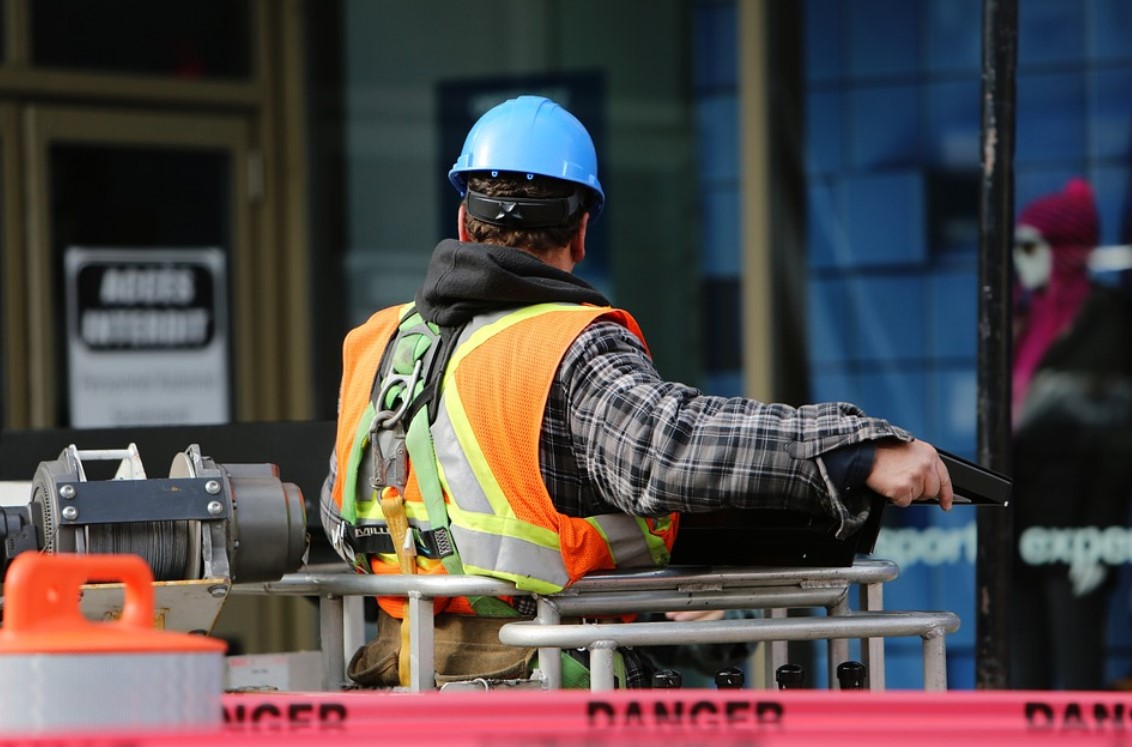
It’s nothing strange to see workers busy on the side of roads or highways across the United States. Road repair, traffic control, utilities, and construction are just some of the professions that participate in this kind of work. Even though we often take this sight for granted, traffic control workers are actually in a very dangerous position and routinely leverage many different kinds of devices to improve their occupational safety.
Lights and Reflectors
Anyone who has spent much time driving is used to looking at lights. Stop lights, brake lights and neon signs are just a few examples. Construction and traffic control workers should leverage lights and reflective technology when possible. This includes reflective borders on clothing, markers, and road signs to ensure visibility.
Types of Reflectors
Reflectors come in many shapes, sizes, and colors, so it can be difficult to decide which one you need for your work zone. The most common types of reflectors used in construction zones are orange or white triangular-shaped signs with reflective material on them. These signs usually have text that provides warnings or instructions to drivers passing through the area. Other types of reflectors include yellow or green diamond-shaped signs, which typically provide instructions for motorists approaching the work zone.
Types of Cones
Cones come in various sizes and colors as well, but the most commonly used type is an orange cone with a reflective strip or collar around its base. This type of cone is often used to mark off a designated area in a work zone or road construction site, such as where workers are actively working on the roads or setting up equipment. It also serves as a warning sign for drivers passing through that they should slow down and be cautious when entering the zone.
How Many Do You Need?
The number of reflectors and cones you need depends on the size of your work zone. Generally speaking, you should place two cones at each end of the work zone and two more at regular intervals throughout it. As far as reflectors go, it is recommended that you place two reflective signs at each end of the work site along with two more at regular intervals throughout it. Additionally, make sure there is enough distance between each sign so that drivers will be able to see them clearly when they enter the work zone.
Hands-Free Communication
All members of the team should be equipped with a reliable, long-lasting, and accessible communication device. A full pair of headphones or earbuds is certainly not safe in a traffic environment, which is why employers need to take some extra and sometimes creative steps to work around this issue.
Protective Clothing
One type of work zone equipment that is often neglected is general protective clothing. Long-term exposure to sunlight, even if it’s not actually hot outside, can contribute to numerous health problems. Workers should be protected from cold, wind, rain, and other inclement weather conditions with durable and flexible clothing options.
Cones and Barricades
Sometimes a person with a sign isn’t quite enough to control the flow of traffic on a busy road. That’s why highway workers are often separated from the active lanes by a solid, yet temporary, barrier. Traffic cones and barrels are a less invasive version of this that allows for easier setup and take down after the work is done. Traffic controllers and road work teams should have access to a plentiful supply of flow management tools like these.
Identify Risky Areas
The first step is to identify any areas that may pose a risk to workers in the work zone. Take note of any potential hazards, such as uneven surfaces or slippery floors, and make sure that they are addressed immediately. Additionally, consider implementing safety measures such as barriers or signage around areas where potential risks may exist. This will alert employees and help them avoid any potential danger spots in the area.
Provide Proper Training
In addition to identifying risky areas, it’s important that your employees receive proper training on how to safely operate heavy machinery or use tools while working in the zone. Make sure that all workers understand what safety protocols must be followed when using equipment and tools and emphasize the importance of following these rules at all times. It’s also a good idea to provide workers with personal protective equipment (PPE) like hard hats, goggles, steel-toed boots, etc., so that they remain protected from any potential risks while working onsite.
Regularly Inspect the Area
Finally, it’s important that you regularly inspect the area for any additional hazards or risks that may arise during operations in the work zone. Doing this regularly will ensure that all safety protocols are being followed and will reduce the chances of an accident occurring onsite due to negligence or lack of knowledge about safety regulations among your employees. Additionally, conducting regular inspections can help you identify any minor issues before they become major problems down the line.
Keeping workers safe in a work zone and traffic control environment is not easy. Roadways are inherently dangerous and drivers aren’t always as attentive as they should be. That’s why every team member needs to remain vigilant and use their best judgment while on the job.
